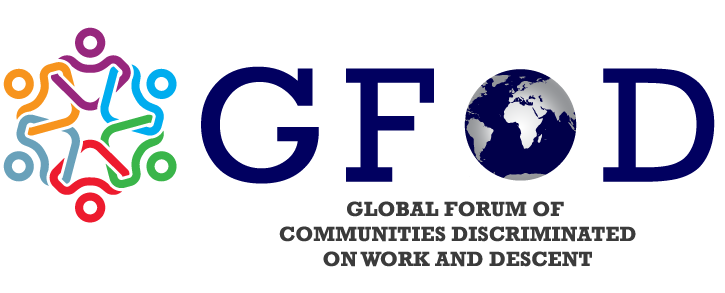Sri Lanka has three parallel caste systems for each of the country’s main population groups: the Sinhalese majority; the Sri Lankan Tamils to the north and the east; and the Indian Tamils, who are mainly found in tea plantations and at the bottom of the urban social hierarchy.
Within the Sinhala community, lower caste groups, including the Rodi, occupy the lowest position in the caste system. They have low levels of education, suffer extreme poverty, and lack assets. They are under constant pressure to pursue hereditary caste occupations such as removing dead animals and dirt. The Rodi continue to be segregated, particularly with regards to their residence, with little or no proximity to the upper caste community.
In the Sri Lankan Tamil caste system, the bottom status is collectively occupied by different groups identified as Panchamar, and are considered untouchables.
Indian Tamils trace their origin back to the colonial era, when they were brought to plantations as indentured labourers. Although the Sinhalese have managed to overcome their low caste status in the caste hierarchy through the Sri Lankan Welfare state, Tamil Dalits still continue to face caste-based discrimination.
The estimated number of Dalits experiencing caste discrimination in Sri Lanka is 4 to 5 million, or 20 to 30 percent of the total population. In Sri Lanka, there is no common identity as ‘Dalits’ among ‘lower’ castes, and it has been difficult for them to organize themselves, in contrast to the situation of Dalits of India and Nepal.
While the caste system has diminished over the years, some of its forms continue to exist. Unlike the Hindu caste system founded on the basis of religious notions of purity and pollution, caste systems in Sri Lanka have relied more on a kind of secular ranking upheld by the state, land ownership and tenure, religious organisations and rituals, and firmly-rooted notions of inherent superiority and inferiority. Women can be seen especially as a vulnerable group because of the widespread ethnic, caste, class and gender discriminations faced by them.
Although caste is recognized and caste discrimination is firmly entrenched in Sri Lankan society, the issue is rarely discussed in public. More than 150 years of social exclusion and the restriction of movement for Indian Tamil plantation workers is a clear indication of the ‘caste-blind’ policies of both state and non-state actors, including international agencies, which do not address caste discrimination in Sri Lanka.
Courtesy Rights Expert Sri Lanka

In Million
Latest from Sri Lanka
It seems we can’t find what you’re looking for. Perhaps searching can help.

